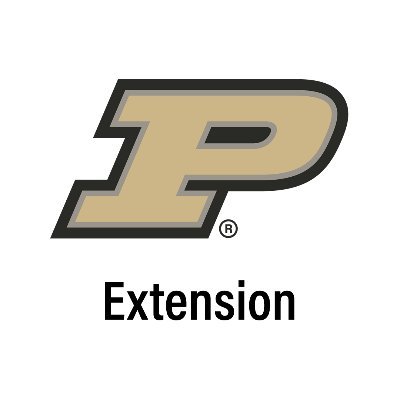I remember at a field day some years ago when Jerry Perkins, one of my fellow grazing columnists, talked about how much his dairy milk production went up once he made some watering changes that increase the volume.
So much of our production depends on water. Every nutrition book lists water first as essential but we seem to take it for granted. Water is the most abundant nutrient in beef cattle accounting for approximately 98% of all molecules in the animal. Without water, they are all just jerky.
We are fortunate to have a lot water in our area and not have the issue of the western states. Water comes in different ways. Most of ours come from a well, some from a spring, pond, or creek. On my in-law's South Dakota ranch, it is all from ponds, and that can lead to water quality issues.
An experiment that Purdue did several years ago compare cattle production utilizing three water sources, a well, a pond, and piped from a pond. Where cattle had access to pond water that they stood in, production was reduced. Cattle production with water pumped from a fenced pond was similar, but not as good, as a well.
The highest quality water in a pond is down about 1.5 to 2 feet from the surface. Cattle standing in a pond causes the water to be murky plus they add fecal and urine contamination. This not only is bad for the animals from a contamination standpoint but the excessive fecal phosphorus also leads to algae blooms.
The one of concern is called blue-green algae which is the more-properly called “cyanobacteria” as it is not an alga. Cyanobacteria produces a toxin called microcystin that causes rashes and makes people (and particularly pets) sick. There are over 2000 species of cyanobacteria and only 80 produce toxins and then they only produce them at certain times. So, you can test the water and the results are only at that point in time and could change the next day. Plus, when testing, is hard to find someone that is an expert in the area.
The toxin is generally near the surface along with the plant. This is another reason why drawing water from 2 feet down gives you better water. If you are watering from a pond, put in a structure, such as a solar panel to pull the water from the pond into a tank. They will drink from the tank before they will the pond.
For all water, the closer to the water source the cattle remain, the more often they will visit and each visit would be of shorter duration. According to a Missouri study, cows with water available within 800 ft at all times, drank 15% more water daily than cows that traveled over 800 ft to water.
On my farm, I did not follow that rule and cattle would come up as a group from over a thousand feet away. The boss cows would stand at the tank and chase the others away even though they were done. Eventually, after several fights, the cows would water and turn to go back to the pasture leaving the calves behind where they would get a short drink and then scurry back to their moms. Without adequate water, they would be trying to reach what little is left in the bottom of the tank, they could hardly reach. Calves are the money part of the cow/calf business and the part that should be getting adequately watered.
Adding extra tanks with free-flowing valves or putting in a creep gate that allows calves their own water is what was needed. I added more tanks.The real key is to get the water closer to the grazing cattle. Several USDA programs will help you achieve that goal.
Even well water has its issues with livestock. Sulfur can be of concern. Looking for a source of water,my South Dakota in-laws drilled a well 4,000 feet deep only to come up with stinking sulfur water. Lots of volumes but useless water. Sulfur is even more of a concern as cattle feed that includes distiller’s grains is higher in sulfur.
My well has a slight smell due to manganese. If the water is allowed to set for a day, brown coloring develops and precipitates out. It also forms a black slime almost like crude oil in water troughs. I do have to clean my water often. Livestock seems to drink this water with no problems.
The other well pollutant is nitrates. Many years ago, we had nitrate test strips at a farm show and we invited people to bring a water sample. Although not an official experiment, people with well depths of less than 25 feet tended to have nitrate issues. A lot of those are the old 2-inch wells. Knowing about this issue, I rented a house that had a shallow well. When our first child was born, I had the water tested for nitrates and found it to be over two times the acceptable limit for nitrates. We made sure his formula came from bottled water as well as our drinking water. Babies are the ones really susceptible to nitrate problems.
Livestock can also have nitrate issues. There are two scales used to indicate levels. In humans, drinking water tests can be expressed as a 10 mg/L standard expressed as nitrate-nitrogen (N) or its equivalent of 45 mg/L expressed as nitrate. Know which way they are expressing the number. Water nitrate-nitrogen (10 scales) levels of 100 ppm or less are generally considered safe, while levels between 100 and 300 ppm are questionable for livestock consumption. Nitrate-nitrogen levels in cattle drinking water of more than 300 ppm are generally considered unsafe. What can be affected first are pregnancy rates. Thinking back my landlady told me they use to have issues when they had cattle with low conceptions. Cattle also get nitrogen from feed sources. You have to look at the total picture.








